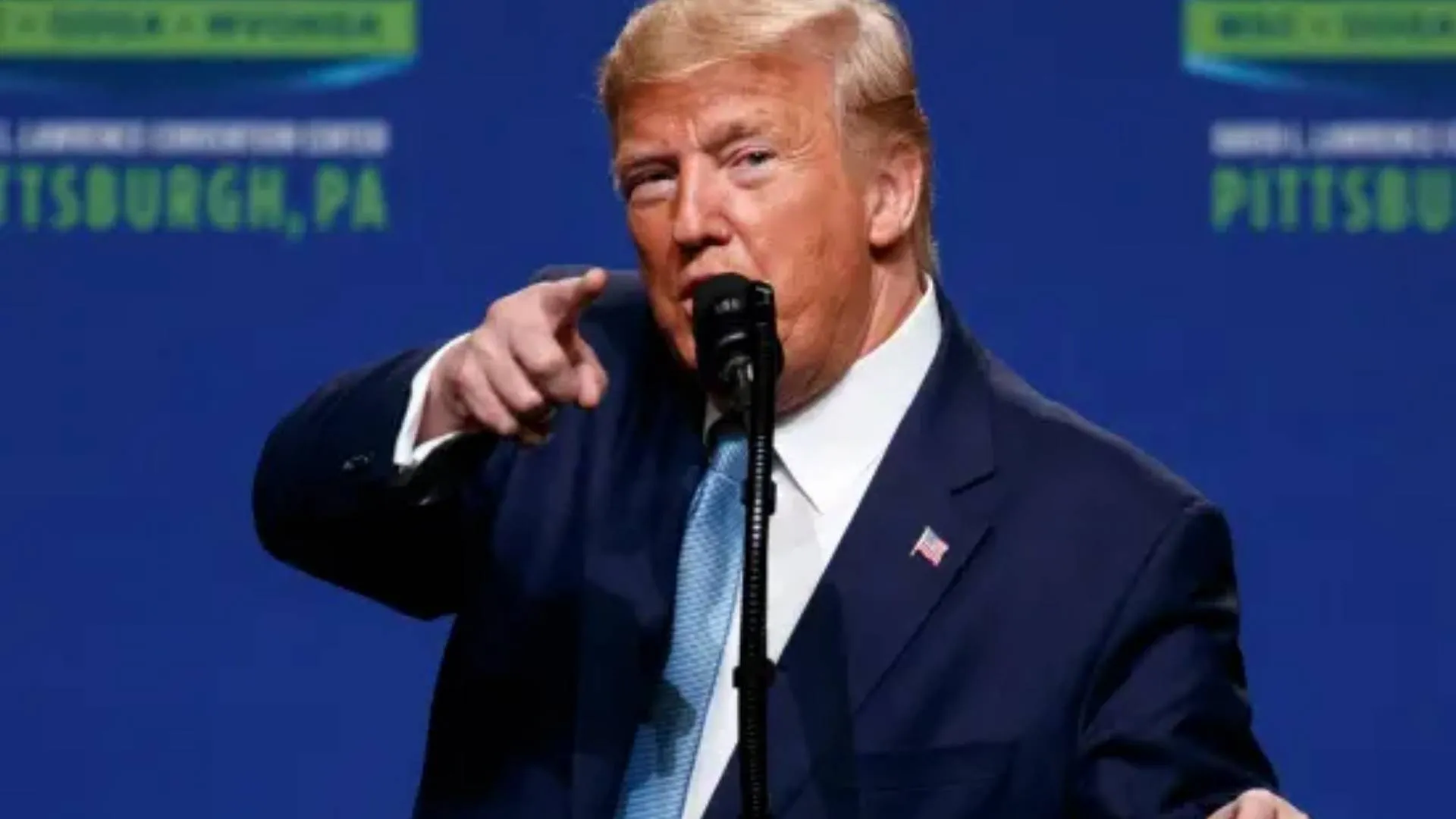The United States boasts a distinctive electoral system and timeline, characterized by a unique voting and inauguration schedule. Unlike many countries that swiftly install their new leaders, the U.S. employs an extended transition period that spans nearly 11 weeks from Election Day to the inauguration of the new President in January. While this may seem like a long duration, it is notably shorter than the original four-month transition period stipulated by the Constitution for the transfer of power from one president to their successor.
Historical Context of Election Timing
Federal elections in the United States are held on the first Tuesday following the first Monday in November. This timing was not always standardized; different states initially observed varying election days. In 1845, a legislative act established a uniform election day across the nation, recognizing the predominantly agricultural nature of the U.S. at that time. Early November was chosen as it was a convenient time for farmers: the harvest would be completed, and the weather remained conducive for travel.
Certain days were ruled out for voting: Sunday was respected as a day of worship for many Christians, while Wednesday was typically reserved for market activities, allowing farmers to sell their produce. Given the necessity of travel to polling places, often requiring an entire day’s journey for those in rural areas, Monday and Thursday were also eliminated as potential election days. Consequently, Tuesday emerged as the most practical option for conducting elections.
A Shift from Four Months to Under Three
The lengthy transition period was notably shortened due to the challenges presented during the Great Depression. Leaders recognized the need to expedite the swearing-in process for newly elected presidents to minimize the time that a “lame duck” — an elected official whose successor has been decided — occupies office. This realization prompted a shift from the original four-month transition to a period of less than three months.
The 20th Amendment, ratified in 1933, officially moved the inauguration date to January 20. While presidential elections still occur in early November, the shortened timeline has since allowed for a more efficient transition of power.
Logistical Considerations of Transitioning Power
The gap between the election and inauguration serves critical logistical purposes. It provides the president-elect and their team with essential time to prepare for governance, which involves assembling a cabinet, formulating policies, and addressing pressing national issues. This transition period is vital for the incoming administration to lay the groundwork for its agenda, ensuring a smoother handoff of power.
Moreover, the extended transition can be largely attributed to the Electoral College system. This mechanism determines the president weeks after the popular vote, in contrast to a parliamentary system where the winning party immediately assumes power. While this delay means that presidents cannot take office right away, it allows the winner to access transition funding and receive critical briefings from the outgoing administration, facilitating an orderly transition.
In conclusion, the unique electoral system of the United States, marked by its carefully calibrated transition period, reflects a historical evolution designed to balance the need for thorough preparation with the realities of governance. As the nation approaches its next election cycle, understanding this intricate process remains crucial to grasping the complexities of American democracy.





















